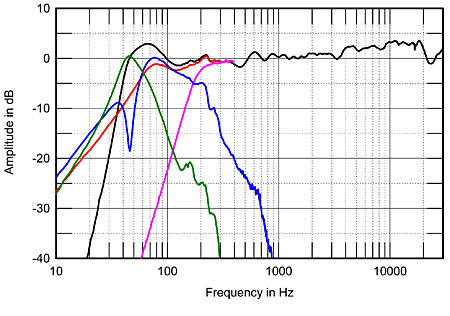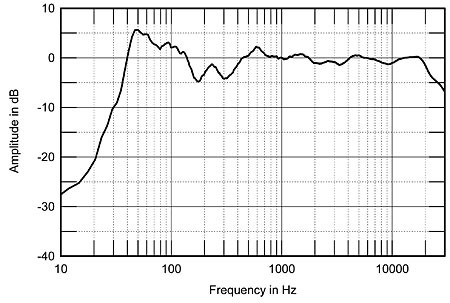| Columns Retired Columns & Blogs |
The whole review becomes somewhat redundant after reading the Setup section: terrible amplifier pairing and incorrect positioning make auditioning a speaker completely useless. Burmesters have a side firing bass driver and are designed to be positioned in parallel without or with very little toe-in. As for the amps: Burmester sounds OK with many amps, making somewhat better pairing with some particular models, but among all I've heard Mark Levinson was the worst pairing for them by a large margin. With ML monoblocks the sound was just small, unambitious and zero-fun, although detailed.
Many people would give a serious credit to reviews on Stereophile, so it's a pity that sometimes such weird things happen with the reviews. The best pairing I've heard for these were Audionet AMP monoblocks, and the sound was just a miracle.
In fact B25 has its sonic character and is not a 100% neutral 'audiophile' thing. It's musical and in the same time insanely coherent and resolving. There are not many speakers that could boast combining these traits so well. It particularly shines reproducing vocals. B25 is not so good for orchestral music, so if this is what you are after, B25 won't be the best choice.
For my taste it was the best speaker I could find after listening to a very long list of candidates.














































